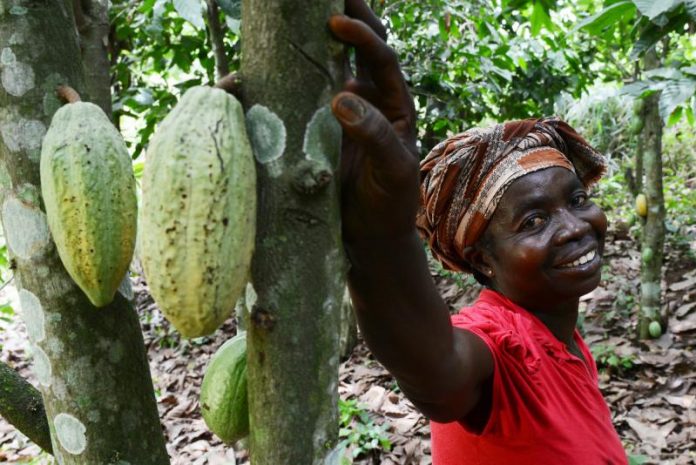|
Getting your Trinity Audio player ready...
|
Ghana’s cocoa industry, the world’s second-largest producer, is grappling with a worsening swollen shoot disease that threatens its long-term viability.
Recent data reveals that efforts to manage the outbreak have been insufficient, with the disease spreading rapidly due to a lack of resources amid the country’s economic challenges.
Swollen shoot disease, transmitted by mealybugs that infest cocoa trees, initially reduces productivity and eventually kills the trees after five to ten years.
The sector has seen a continuous decline in production, with output falling to a 20-year low. While the upcoming season may see a rebound, with projections estimating 640,000 tons compared to the previous season’s 450,000 tons, this remains well below the peak of over one million tons in 2020/21.
Steve Wateridge, a leading cocoa expert, emphasized the severity of the situation, stating, “Swollen shoot is getting worse in Ghana; it’s not going away.”
The disease is endemic but has accelerated recently, with a 2023 survey showing 31% of cocoa-growing land infected, up from 17% in 2017. In the Western North region, the infection rate has surged to 81%, highlighting the urgent need for action.
Cocobod, Ghana’s cocoa industry regulator, has made progress in treating affected farms, with 67,000 hectares treated since 2017. However, 590,000 hectares remain untreated. Despite these efforts, the disease’s persistent spread raises concerns about the sector’s ability to recover sustainably.
A chief farmer in Western North reported some optimism due to government intervention, but acknowledged the ongoing challenges.
The disease’s resurgence echoes past crises when it decimated Ghana’s cocoa production by 50% in the 1960s and 1970s, underscoring the critical need for continued and expanded efforts to combat the outbreak.
SOURCE: REUTERS





